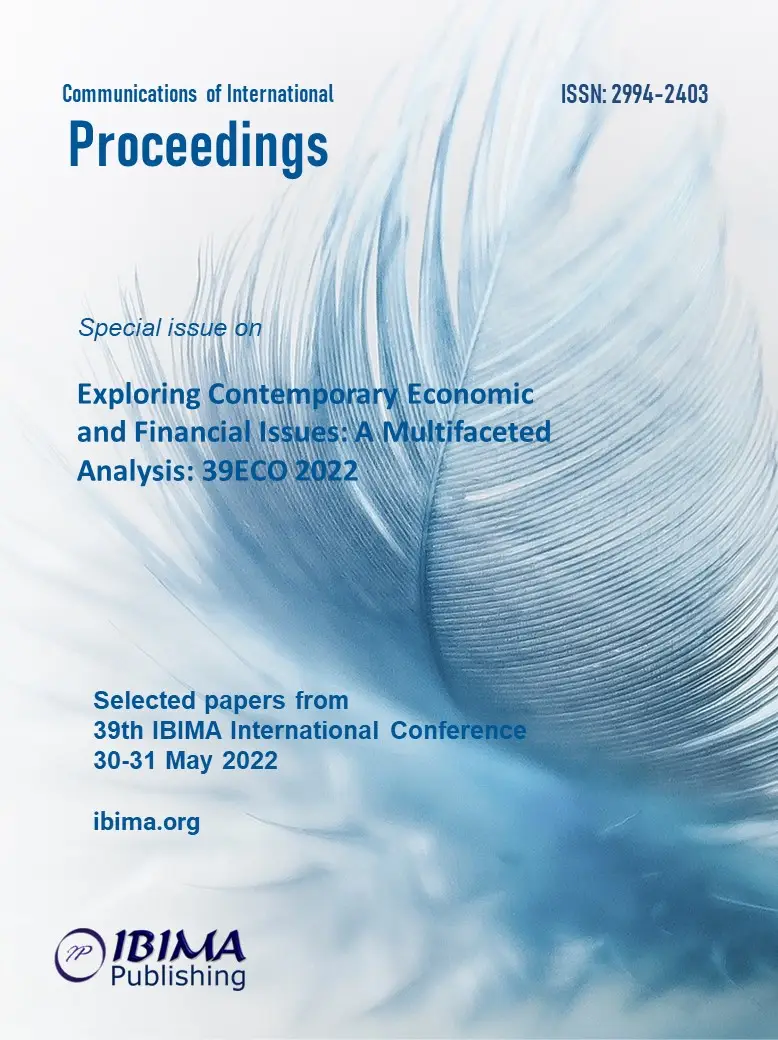
Miguel Dias FILIPE, José Alberto FUINHAS and Ernesto Raúl FERREIRA
1,2,3 University of Beira Interior, Research Unit in Business Sciences (NECE-UBI), Covilhã, Portugal
2 University of Coimbra, Faculty of Economics (FEUC), Coimbra – Portugal

Since March 19, 2001, when the Bank of Japan (central bank) officially implemented the first flexibility policy called Quantitative Easing (QE) that central banks have chosen to use this asset purchase program to help overcome the global subprime crisis. Countries like USA through the FED, United Kingdom through the BoE and the Euro Area (European countries) through the ECB, resorted to QE policies as a way to alleviate the impacts of the subprime crisis. In this context the aim of this study is to investigate the impacts of the QE measures implemented by the ECB and is relationship with Economic Growth through the analyse of seven European countries from the Euro Area with the Public Debt above the medium. Considering economic growth as an output of QE policies its intended to use GDP per capita as a dependent variable in the economic regression and as main independent variables a new composite variable to measure the development of the financial sector and other to capture the risk credit. It’s planned to investigate the period between 2000 and 2020 through a panel data model in PVAR panel (autoregressive vector panel), with data from the World Development Indicators (WDI) and from the Global Financial Development (GFDD) database published by the World Bank and the use of econometric software STATA. It is intended with the conclusions that will be obtained to present policy recommendations to be adopted by central banks as a way of boosting economic growth.